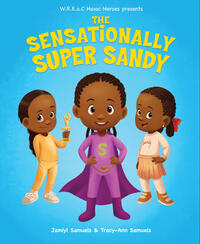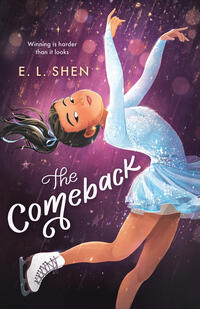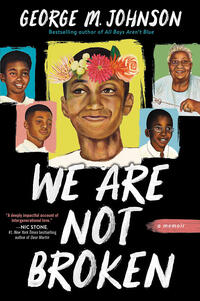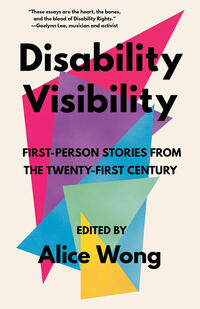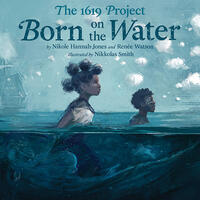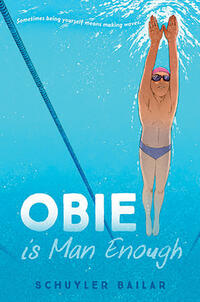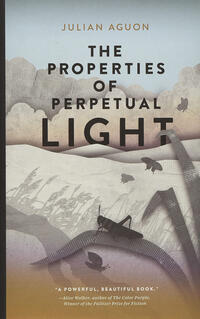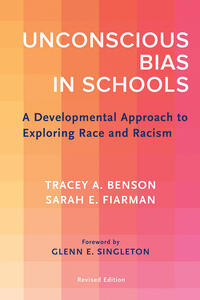Written by husband-and-wife team Jamiyl and Tracy-Ann Samuels and illustrated by Nidhom, The Sensationally Super Sandy tells the story of a sibling struggling for attention from her parents who are busy caring for her brother, who has autism. It’s not until her parents carefully explain to her what autism is that Sandy begins to understand their relationship. This compassion extends to a classmate who is also autistic, and Sandy works to educate her classmates—leading to a more inclusive and respectful classroom environment.
Elementary School
A heartwarming story that expresses the need to include children with disabilities in our conversations on inclusion and equity.
— Jaci Jones, LFJ Professional Learning Facilitator
Adults and children will find it easy to cheer for Maxine Chen, the spunky protagonist in E.L. Shen’s debut work, The Comeback: A Figure Skating Novel. In addition to juggling the challenges of middle school and the pressures of competitive ice skating, Maxine has to attend classes with a student who bullies Maxine for her Chinese heritage. By following Maxine’s journey, readers, too, can learn how pride in yourself is the ultimate comeback. Note: This book contains racist language and gestures, including a racial slur.
Middle School
This middle grade novel is relatable to anyone who has struggled to love themselves fully when faced with racism.
— Courtney Wai, LFJ Professional Learning Facilitator
George M. Johnson, an award-winning Black nonbinary writer who identified as a boy in childhood, focuses on joy, adventure, misadventure, loyalty, betrayal, healing and love in their memoir, We Are Not Broken. A tribute to their beloved grandmother who creates an expansive space for her four young grandsons to be free, Johnson also offers possibilities that would enable Black boys—and the Black women who love and protect them—to live lives that are even more free. Note: This book contains the n-word, homophobic language and describes instances of sexual abuse.
High School
George M. Johnson superbly details their definition of Black Boy Joy.
— Crystal L. Keels, LFJ Associate Editor
“I know the next time I’m at an event and take a picture with someone, I won’t be moving my cane out of the shot,” writes Zipporah Arielle. Visibility: It can be absolutely life changing. In Disability Visibility: First-Person Stories From the Twenty-First Century, an anthology edited by Alice Wong, more than 30 disabled authors tell their stories. Filled with emotional testimonies, essays, blog posts and more, the writers explore what it means to be disabled, offering strong representation and education for readers.
Professional Development
These very personal stories from disabled people will move and transform you.
— Anya Malley, Former LFJ Associate Editor
The 1619 Project: Born on the Water requires space and honest conversation—and it is well worth it. Written by Nikole Hannah-Jones and Renée Watson and illustrated by Nikkolas Smith, the book features a young student who is assigned to trace her family’s history and is distraught about not knowing those roots. Enter Grandma, who breaks it down one powerfully crafted poem at a time. She goes from ordinary people living, working and creating joy, to the Middle Passage to Black Lives Matter—and all the resistance, brilliance and life in between. This book affirms that Black history didn’t start with slavery and that “we will survive because we have each other.”
Elementary School
A beautiful tool for being real about our history, which our young ones deserve.
— Monita K. Bell, Former LFJ Associate Director, Editorial
Obie Is Man Enough—a debut novel by acclaimed advocate Schuyler Bailar, the first trans man to compete on an NCAA Division I men’s team—follows Obie Chang as he navigates middle school, swimming competitions and relationships post-transition. This endearingly honest account of Obie’s life—and how his inherited cultures intertwine to inform his resilience—offers a timely own-voices text exploring what it means to be a trans athlete, to be a kid and to be a friend. Note: This book presents the opportunity for discussions of restorative practices in schools.
Middle School
A humanizing portrait that cuts through the callousness of national debates with a strong heart, like a swimmer through water.
— Cory Collins, Former LFJ Senior Writer
Julian Aguon, an Indigenous lawywer and writer from Guam, beautifully blends poetry and memoir in The Properties of Perpetual Light. Writing in part about issues that he and other Indigenous peoples face, Aguon incorporates conversations around colonialism, climate change and family trauma. He also peppers in nods to other writers he admires, like Arundhati Roy, Audre Lorde and Naomi Klein, offering readers more words to live by.
High School
Aguon’s words flow down the page with magic, beauty and power.
— Anya Malley, Former LFJ Associate Editor
"With a developmental view of our ability to tackle racism, we recognize that complacency is the enemy of improvement," Tracey A. Benson and Sarah E. Fiarman write in Unconscious Bias in Schools: A Developmental Approach to Exploring Race and Racism. The authors urge school leaders to cultivate “cultures of bravery” wherein the adults serving students think of themselves as learners engaged in ongoing processes addressing unconscious racial biases. The end goal: to create school cultures that engage and serve every student.
Professional Development
Features an impressive array of strategies and resources to help all educators take real steps toward undoing the damage unconscious racial bias inflicts on students.
— Crystal L. Keels, LFJ Associate Editor
